- brief overview about what mips are and how to calculate mip selection in a rasterizer
- explains ray differentials, a technique that can be used for mip selecttion on primary rays
- discussion of problems with ray differentials on other ray types, possible solutions and look at what other production renderers use
- solution using a distance to camera metric and presenting the results by comparing against other techniques
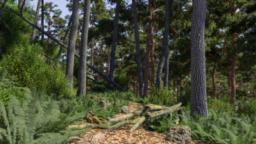
- explains the plugin architecture that enables efficient implementation of high-level graphical features
- how to interact with the scene, culling, scheduling, and GPU execution
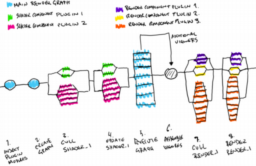
- SPIR-V shaders can only access global resources
- HLSL is very flexible with resource usage
- this post shows what usage pattern DXC is able to transform into legal SPIR-V and what patterns cannot be expressed in SPIR-V

- walkthrough of the development of real-time GPU based water simulation
- discusses simulation experiments and algorithms used
- a brief look at the lighting of the water
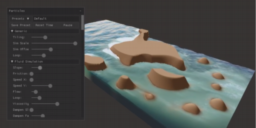
- post that provides links to talks with summaries about ray tracing on Nvidia RTX hardware
- difference between rasterization and ray tracing
- the structure of a real-time ray-tracing application and the components required
- how to extend the raster-based application with ray-tracing
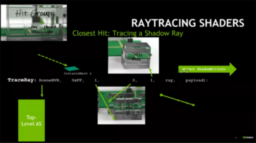
- overview of texture space shading
- technique decouples shading from rasterization rate
- Turing hardware provides support for computing derivatives in compute shaders and exposes texels that need to be shaded
- linked video explains the implementation of a texel space shading pipeline
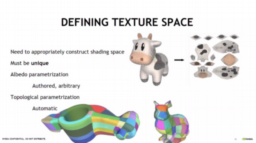
- look at how to adjust mip selection to favor noise over more detail at acute angels
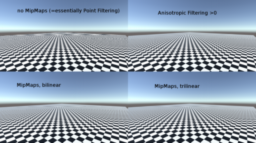
- visual and interactive explanation of quaternions and stereographic projection
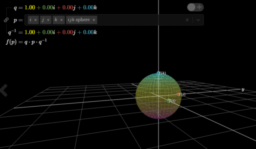
- cone culling in task shaders
- two implementations, one using shared memory atomics and one with other subgroup operations
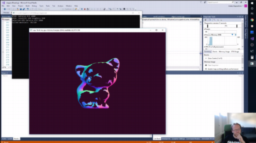
- collection of HLSL functions to use spherical harmonics
- Mathematica notebook to verify and visualize SH functions

- all content from the SIGGRAPH 2018 course has been published
If you are enjoying the series and getting value from it, please consider supporting this blog.
Support this blog